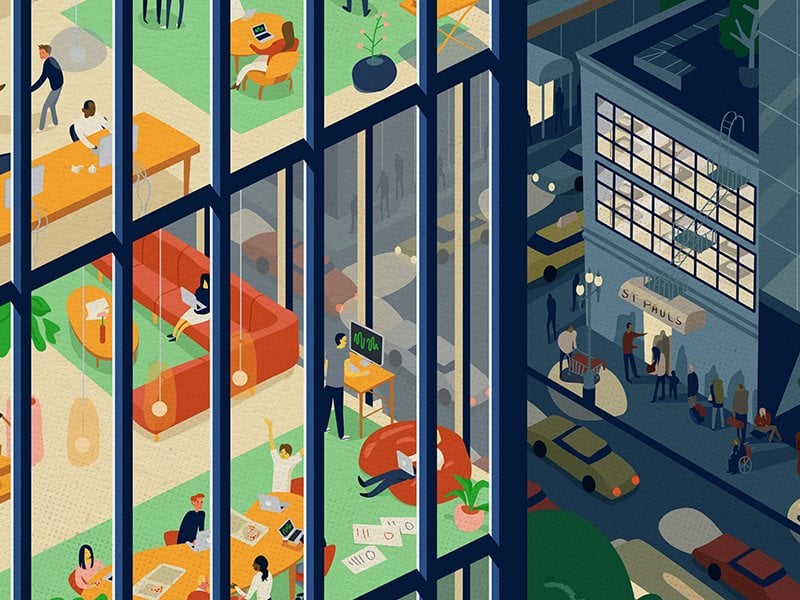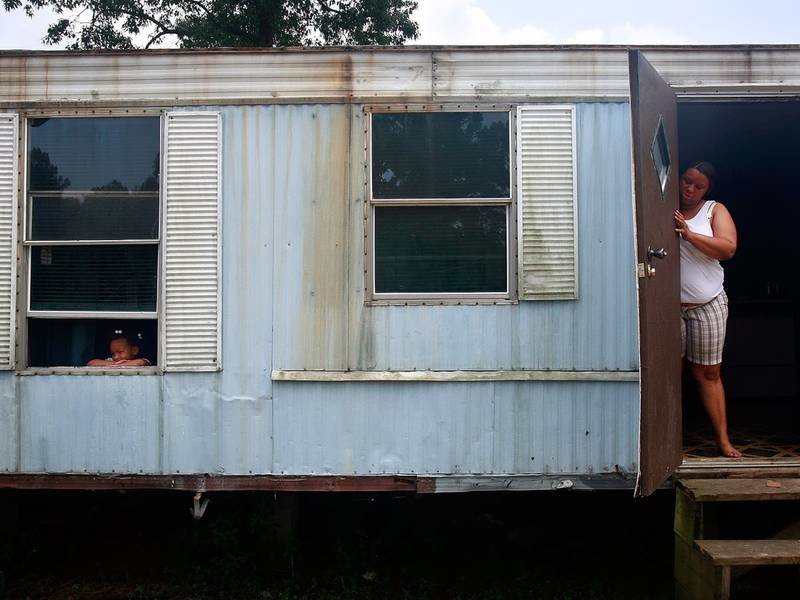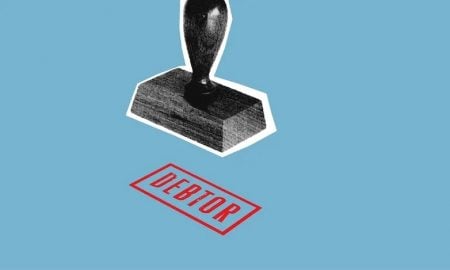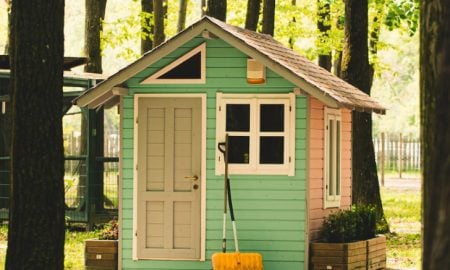
How the Rich Spend Their Money Differently than the Poor

Americans generally spend most of their money for housing, food and transportation. But the image looks very different upon comparing America’s individuals with the lowest incomes with the ones having the highest. While their household expenditure is similar, lower-income Americans allocate a much larger fund proportion on housing, while rich Americans spend much money on retirement expenses and insurance . Why such discrepancies in expenditure data? It is not simply a rich versus poor syndrome. The people that make up these categories matter and also play a key role in sectorial expenditure patterns. Using Bureau of Labor Statistics (BLS) data, the expenditure patterns of 20% of the highest-earning households in USA (averaging $177,851 per year before taxes), and 20% of the lowest-earning households (averaging $10,916 per year before taxes) was analyzed.

Household spending in particular categories are compared to overall spending and most categories are very close, apart from the above exceptions. For the category of housing, the low-income cohort has 62% renters while 38% own homes, but in the high-income cohort only 13% rent and 87% own houses. The housing category expenses, as per BLS, also include furniture, housekeeping, daycare, internet plan and cell phone expenses, but paying costs or rent related to property taxes and monthly mortgage constitute most of the expenses.
Spending Comparisons: dollar for dollar
Spending comparisons in actual dollars reveal that households in the upper 20% pay out $110,508 annually on average, where as the bottom 20% spend only about $24,470. Top-earning households spend more than bottom-earning households in each category; the two biggest gaps being for pensions & personal insurance and alcohol. Cash contributions are primarily donations made to religious organizations and charity. The high-income group tends to spend more on wine with 40% of the alcohol spend vs. the 22% among the low-income group. The households with low-income spend on pints, IPAs and pilsners instead with 50% expenditure for beer. Cheap wines like Franzia and Carlo Rossi exist but fancier bottles of wine cost more than fancy craft brews.
Household Sizes Matter
Upgrading of personal insurance and pension occurs as more cash flow permits more expenditure for insurance and for the retirement fund. But it’s 30 times more, excluding health insurance costs covered under healthcare category? As an outlier, the data (household-to-household) skews some dollar-to-dollar comparisons. This is because the higher-earning households have more members, 3.1 on average for families with children, as compared to 1.7 for poorer households which have more people living alone and childless couples.

Spending analyzed on per-person comparison exhibits serious discrepancies but not when accounting for household size. Pensions and personal insurance is 16 times higher. This includes various non-healthcare insurance life insurance, payments for Social Security and retirement plan contributions, such as IRAs, pensions, and other accounts catering for personal retirement. Social Security takes up $11,879 or 67% of the $17,699 for the households with high income. Deductions for non-payroll deposits into retirement plans and private pensions make up a total of $4,667 or 26%. High-earning individuals and families spend much more pay check on Social Security, automatically taken out from all income earned by the individuals at a rate of 6.2% and money directed towards retirement plans. A reason the high discrepancy here is the huge difference in the incomes earned.
Why Low-income does not mean Poor
Low-income group does not mean poor people, although their expenditure patterns are indeed much lesser than the people who are high-income. A huge chunk, (about 25%), are aged 65 or older and in the retirement age bracket. These people have stopped paying for retirement plans and Social Security but are withdrawing from them. They might be wealthy as 27% of households surveyed in the lower-income bracket owning a home without needing any mortgage. Only 6.5% of the respondents in highest-income groups are aged 65 or more.

A major portion of low-earning households comprises of college students, who aren’t earning much now but cannot be labeled as “poor.” Their earning potentials lie ahead even though saddled with huge student loan debts. About 46% of the most low income group are retirees or college students, making it difficult to draw any conclusive results in the ‘rich versus poor’ debate. Some retirees who are wealthy and those yet to enter peak earning years could find themselves temporarily in the lowest-income bracket. Some higher-income households in the bracket, when carefully examined would neither qualify as high income nor rich. A household from the high-income group with many earning members, working in jobs, with several kids to support, zero assets, and living in a high cost of living area may not feel very rich.
Low-income and high-income households do spend pretty differently, but the money only reveals a small part of the story.
More in Top Bank Accounts
-
`
Do the Rich and Famous Celebs Have Secret Life Hacks? You Bet They Do!
You may apply lessons from your own life by studying the behaviours of those who have gained success and renown. Fame...
August 20, 2023 -
`
Debt Investments – What Are They?
Debt has always been a notion, and if someone owes a debt, they must also be the owner of that debt....
August 5, 2023 -
`
Inflation forces 38% of American Adults To Delay Major Purchases
Many American adults are delaying major milestones such as buying a house or buying a car due to inflation. 51% of...
July 28, 2023 -
`
What are the Rich Spending their Money on the Most? THIS!
Money waste is a rather personal matter. Personal finances are very private, and you are in charge of deciding how you...
July 16, 2023 -
`
Hobbies That Keep the World’s Top Billionaires Busy
Like their sources of money, famous billionaires’ hobbies tend to be unconventional. These business leaders, entrepreneurs, industrialists, and creators of IT...
July 4, 2023 -
`
How to Choose Between Online Banks Offering High Interest Savings Rates
Savings account interest rates are on the rise, but the national average savings rate is only 0.08%, mainly for large, national...
June 25, 2023 -
`
Inflation is Evidently Affecting Your House Buying Ability
The globe is affected by inflation, but the United States has been most afflicted, with an annual inflation rate of 8.5%...
June 18, 2023 -
`
Could You Manage to Recession-proof Your Savings? Start Now!
Recession impacts your yavings and without a job, your savings could pay your bills. Even with a job, your investment value...
June 1, 2023 -
`
So You’re a Journalist Trying to Crowdfund? We Got You!
Crowdfunding involves convincing many people to contribute small sums of money for specific projects, via the Internet, using reliable payment portals....
May 30, 2023















You must be logged in to post a comment Login